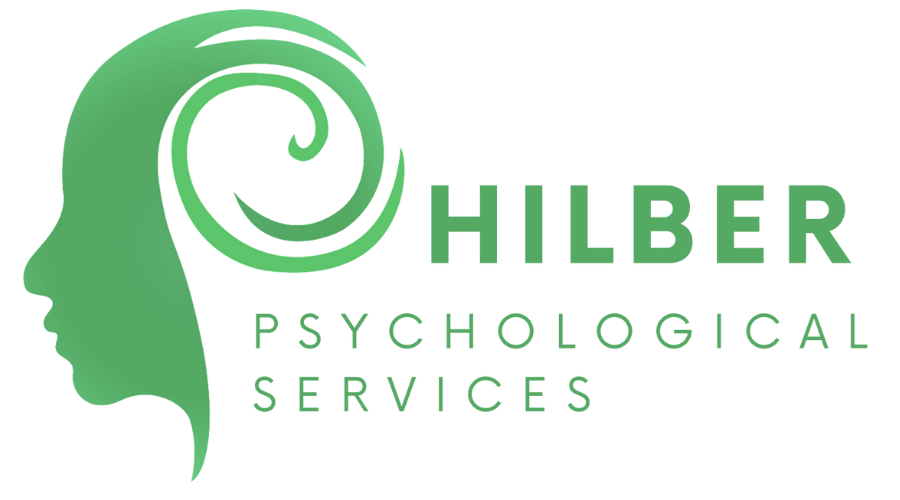Better Sleep for Teens with ADHD
Author Wes Crenshaw illustrates that poor sleep and attention deficit disorder (ADHD or ADD) are actually related. In detail, Crenshaw notes that “Poor sleep can lead to ADHD-like symptoms and complicate a diagnosis.” In fact, researchers, in the “ADHD Is a Myth” crowd, found that individuals with ADHD are declared to have sleep apnea, narcolepsy, or primary insomnia. It is then suggested that parents should start monitoring their child’s sleep patterns; ”quality of sleep must be considered in making an ADHD diagnosis” (Crenshaw).
In crenshaw’s experience of working with two dozen teens and young adults for sleep studies, he found that the best solution to poor sleep patterns resulting from ADHD is stimulant medication. Results show that “Some teens will sleep better after beginning stimulants [and] A few will have daytime sleepiness despite taking them” (Crenshaw). Be aware that by treating ADHD with stimulants, sleep patterns will improve for some people while remaining or possibly limiting the effectiveness of the treatment for others, especially those with ADHD-related insomnia. Crenshaw notes that ”we find the Daytrana patch helpful for those with stimulant-induced insomnia, because it’s the only medication that can be shut off early (by removing the patch).”
For those who have not had sleep problems before and have not overused napping but start to lose sleep after starting a medication, it is recommended that either they stop using stimulants and/or switch to a non-stimulant for ADHD. However, Crenshaw declares that “if the stimulants are working, we prefer to tinker with their timing and release to improve sleep.” This is why it’s important “to assess sleep problems before any medication is prescribed” (Crenshaw).
When trying to help teens develop a consistent sleep-cycle, it is import to remember that the results will not be apparent right away. Children, especially teens and those with ADHD, will first resist having restrictions on when they can sleep. For example, when trying ”to help a client manage stimulants and sleep, [scientists learned] that the client is staying up late and, in extreme cases, reversing the sleep-wake cycle” (Crenshaw). This is why good sleep is critical in treating one‘s poor habits and crucial to understanding the ADHD-sleep conundrum (Crenshaw). Because, if they do start to have a regular cycle, their quality of sleep will improve.
In efforts to try to help teens with ADHD sleep better, try to
1. Make time for it. Eight hours are recommended, especially with an hour of prep time.
2. Turn off screens. They wake up our brains even more with all of the games and light they produce.
3. Say goodnight to the (artificial) sun. It is important to shut off/block out (using shades) all artificial light in the evening. The body will then signal the brain that the night cycle is coming and that it should start preparing for sleep.
4. Rise with the light. Progressively increase the brightness of a light in one’s bedroom (by using a timer) like the rise of the sun.
5. No napping. Although ”many teens compensate for poor sleep by taking naps” (Crenshaw), researchers discovered that naps actually cause unhealthy sleep. In actuality, a 10- to 15-minute nap in mid-afternoon is recommended instead; “These may improve functioning and improve sleep” (Crenshaw).
For more information on therapists at Hilber Psychological Services can help your children and your family with parenting, sleep hygiene, and ADHD symptoms, please visit our website or contact us.
For more information on how Neurofeedback services can assist your child with ADHD and sleep issues without the use of medications, please contact San Diego Center for Neurofeedback.
- Written by Lily Schmitt and Tanya L. Hilber, PsyD.
Reference
Crenshaw, Wes. “What Comes First: ADHD or Sleep Problems?” ADDitude. 18, June 2019. https://www.additudemag.com/adhd-sleep-problems-solutions/

